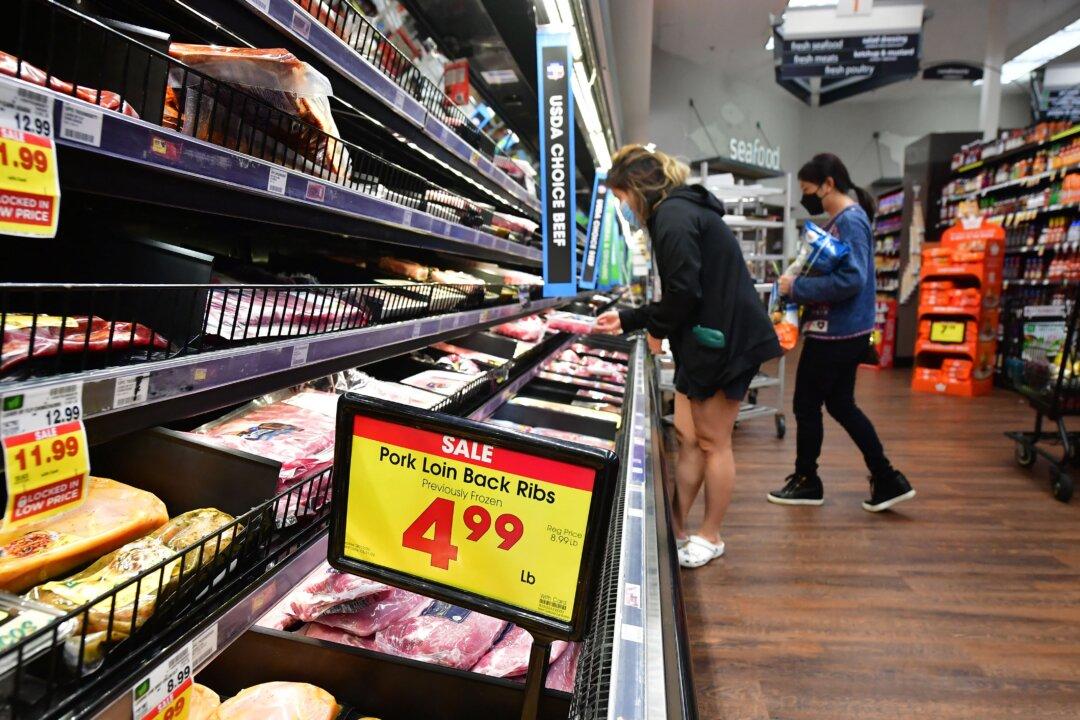During Tesla’s first-quarter 2022 earnings call on April 20, billionaire Elon Musk noted that “the official numbers actually understate the true magnitude of inflation,” citing some suppliers raising costs by as much as 30 percent for parts.
In December, the billionaire founder of Pershing Square Capital, Bill Ackman stated in a tweet that official statistics have understated raging inflation figures.





